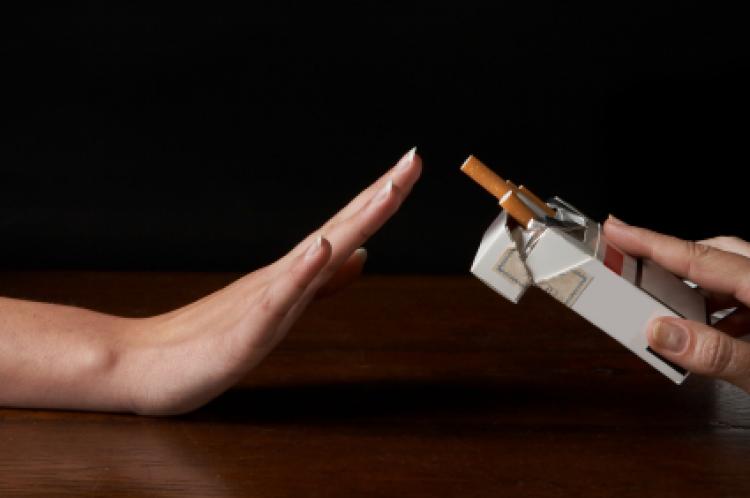“Quit tobacco to be a winner” is the theme for World No Tobacco Day (WNTD), observed around the world every year on May 31.
The member states of the World Health Organization (WHO) created World No Tobacco Day in 1987.
In 1987, the WHO set aside April 7, 1988, to be “a world no-smoking day.” The objective of the day was to urge tobacco users worldwide to abstain from using tobacco products for 24 hours, an action they hoped would assist those trying to quit.
It is intended to encourage 24 hours of abstinence from all forms of tobacco consumption around the globe.
The day is further expected to draw attention to the widespread prevalence of tobacco use and to adverse health effects, which currently lead to more than 7 million deaths each year worldwide, including 890,000 of which is the result of non-smokers being exposed to second-hand smoke.
The World Health Organization estimates worldwide, there are 1.1 billion tobacco smokers and nearly 350 million smokeless tobacco users.
Despite being a party to the World Health Organization Framework on Tobacco Control (WHO FCTC) and effectively passing and adopting a tobacco control law within the Public Health Act, 2012 and Tobacco Control Regulations, 2016 (L.I. 2247), Ghana is yet to effectively implement and enforce provisions of the laws that protect and expose children and the youth from cigarettes and other forms of tobacco products such as shisha/water pipe.
Findings from the Tobacco Atlas revealed that more than 5,000 children within the ages of 10-14 years continue to use tobacco in Ghana.
Furthermore, the Ghana 2017 Global Youth Tobacco Survey in Junior High Schools shows that 8.9% of boys and 8.2% of girls currently use any form of tobacco products. 7.0% of boys and 5.3% of girls currently smoke tobacco, 0.4% of boys and 1.7% of girls currently smoke shisha. This situation is very scary and unfortunate, especially because, since 2012 Ghana has passed its tobacco control law to protect children from exposure to tobacco.
Source: Mybrytfmonline.com



















































